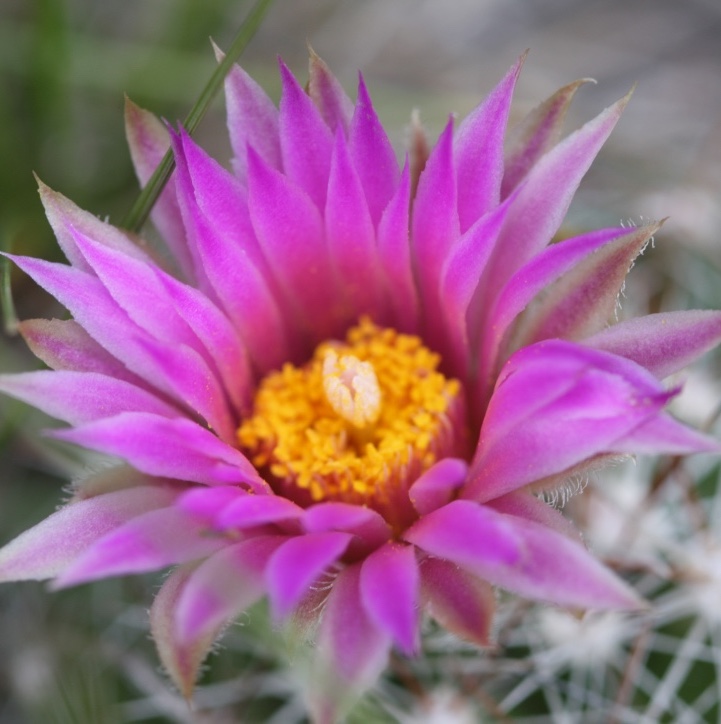The Montane Ecoregion
West of the foothills yet below the subalpine elevations lies the montane ecoregion. The mosaic pattern of forests, grasslands, and wetlands covers the landscape and tends to follow the lower-elevation river valleys that running along with the mountain passes, remaining narrow and confined to the north, but broadening out heading southward. Fairly high precipitation is noted in both summer and winter, as well as chinook activity in the southern regions which allows for intermittent low snow cover at different times of the winter season. This makes this region actually drier and warmer than the subalpine or the alpine areas. Brunisols, Grey Luvisols, Regosols, and the transition to Chernozems in grasslands and towards the eastward foothills are soils that dominate this ecoregion.
The montane region is at times underappreciated, particularly from a rangeland’s point of view. It seems to be normally lumped together with the subalpine region that contains lower growing, sparser vegetation due to thin and poorly developed soils and severe climate limitations. However, its productivity and consequential potential to support a wide variety of life are often equivalent to that of the foothills. Montane forests tend to be quite open, particularly the southern reach of this region, holding a variety of woody and herbaceous plant species suited for a variety of wildlife, including and especially large ungulates.
Rocky exposed slopes host the driest zones. Species typically found here include bearberry (Arctostaphylos uva-ursi), hairy wild rye (Elymus innovatus), with tree cover limited to a few limber pine (Pinus flexilis), with some lodgepole pine (Pinus contorta), Douglas fir (Pseudotsuga menziesii), Canada buffaloberry (Shepherdia canadensis), shrubby cinquefoil (Pontentilla fruticosa) and juniper (Juniperus spp.) on marginally better sites. Douglas fir and limber pine are characteristic southwestern montane species. The mesic grasslands are dominated with rough fescue (Festuca campestris/altaica) along with Parry oat grass (Danthonia parryi), and bluebunch wheatgrass (Agropyron spicatum) on upper drier slopes, and along lower river terraces is Richardson needlegrass (Stpia richardsonii).
On many upland sites, forest cover is considerable, which is at least partly due to the lack of fire in recent years. Dominating mixedwood communities are alder (Alnus crispa), willow (Salix bebbiana, glauca, and scouleriana), and aspen (Populus tremuloides). These areas are successional to lodgepole pine and white spruce (Picea glauca). The understory species can vary with moisture and location on the landscape, but often includes spirea (Spiraea betulifolia), showy aster (Aster conspicuous), hedysarum (Hedysarum alpinum), veiny meadow rue (Thalictrum venulosum), and thimbleberry (Rubus parviflorus).
Wetlands, which are scattered throughout the region, include typical species such as birch (Betula spp.), willow (Salix spp.), horsetail (Equisetum spp.) and a usually high population of sedges (Carex spp.). The shrub and the herbaceous canopy are considerably favourable for being able to sustain large populations of wild ungulates, such as deer, moose, elk, and wild sheep.
There is no doubt that the value of grasses and woody plants provides an important resource to sustain wildlife populations, but to the casual observer, these do not leave the same sense of awe as the seemingly endless variety and numbers of montane forbs. The ability of the species composition to be so varied and to change throughout the spring, summer, and autumn seasons and from one eco-site to the next undoubtedly create a landscape that is unparalleled to anywhere else for its breath-taking beauty and splendour.
